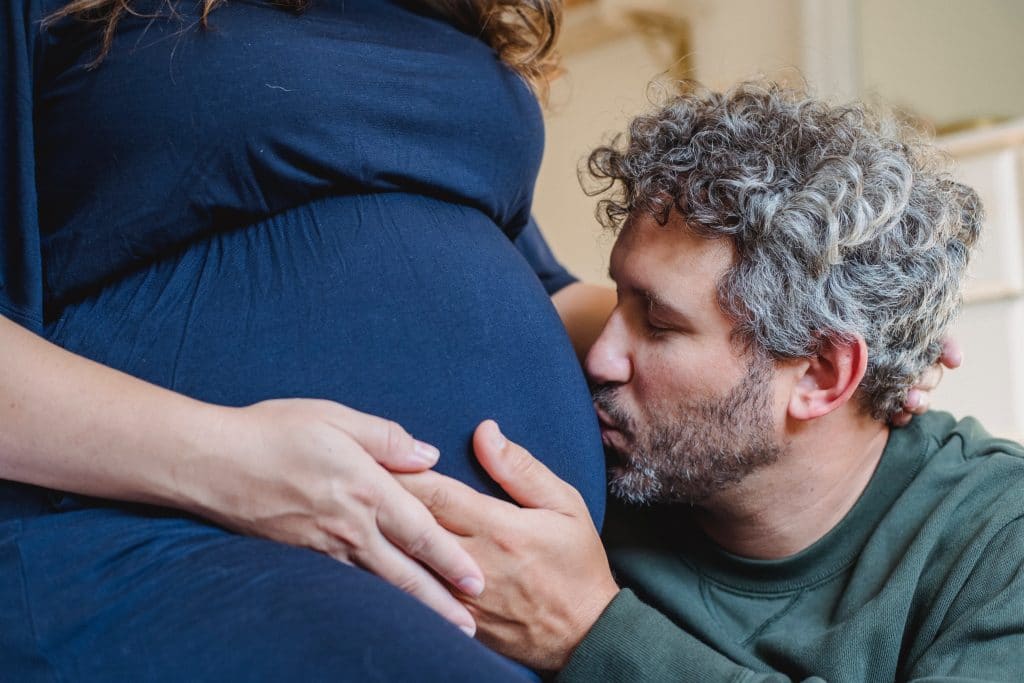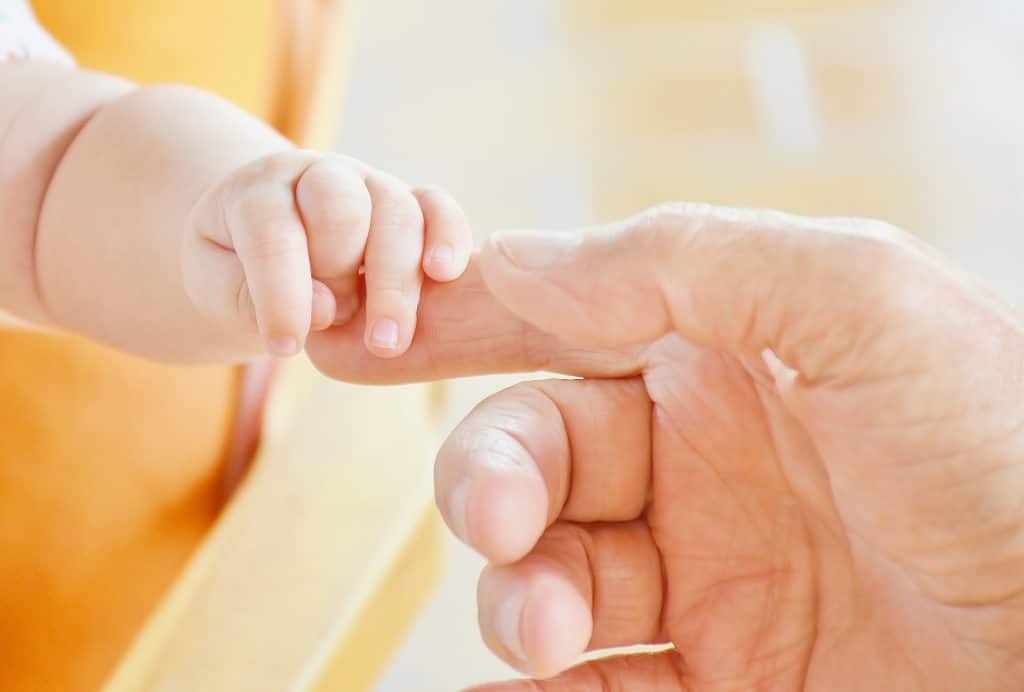What causes damage to our DNA?
Female Nature VS Male Nature
Mother nature has given women the gift of having the whole amount of eggs that they will ever be able to produce in their life, in their ovaries from birth. As they grow older, their eggs decrease in quality and after a certain age (35 years old), the danger of infertility and genetic disorders increases significantly. One of the main reasons that hinders conception is the low quality of both the woman’s eggs and their DNA. Therefore, in conclusion, women have a limited amount of time to conceive with their own eggs, which can be estimated by taking specific medical examinations.
But what happens to men?
Evidence shows that a certain aspect of sperm quality related to fertility is negatively affected by increasing age. And this is what causes damage to the male DNA.
How does the sperm DNA get damaged?
In relevance to male fertility, when the spermatozoa are released during ejaculation, they are already fully formed and very specialized. Their main role is to transfer the “male half” of the genetic information so that it can be joined with the “female half”. In other body cells, there is enough space for something called “cellular mechanism” which deals with any damage that the cells might be subjected to. In sperm cells however, there is insufficient space for this damage-protecting mechanism to take place and so they cannot move swiftly within the inhospitable environment of the uterus and deliver their part of the DNA safely.
The specialization of the spermatozoa also serves another important purpose. They are the only human cell that can function outside the human body. During their journey, they must deal with plenty of factors that could damage their DNA and therefore affect male fertility. There is a group of chemical substances known as “Reactive Oxygen Species” (ROS) like hydrogen peroxide and dismutase peroxide, that are particularly harmful to the DNA. The ROS can cut the DNA in pieces, something that would otherwise be easily repaired by the “cellular mechanism”, if that was available in sperm cells. So, when they encounter high concentrations of ROSthey are unable to repair any of the damage caused resulting to the literal fragmentation of their DNA.
How is this connected to aging?
An increasing amount of scientific evidence shows that this type of damage to the DNA quality is encountered much more frequently than initially thought and affects the fertility of older men. Male fertility, which is connected with the ability to produce sperm with unaffected DNA, is naturally reduced with age. When that fact is combined with the inability to confront external sources of damage, the result is high infertility and low birth rates.
In what ways does smoking affect the DNA of sperm cells?
Smoking is the main cause of DNA damage. It has been proven that the chemical substances in cigarettes negatively affect sperm production in men of all ages. They can even cause decrease in the size of the genitalia. Therefore, being exposed to smoke (either actively or passively) in combination with the increased DNA damage observed in older men, leads to an even greater danger for male fertility.
Can we claim that all of this is caused by age?
No, we cannot. There are many factors that influence the ability to produce good quality eggs and sperm cells. One of the reasons that prevents us from studying the effects of aging in sperm cells, is the constantly changing environment. We know of the negative effects of smoking in DNA quality but during the past two decades there was an increase followed by a decrease in the percentage of smokers. Other environmental toxins such as ionizing radiation (e.g. ultraviolet radiation, X-rays, Gamma rays) as well as other pollutants, are certainly also responsible. These effects are accumulative in women, considering the fact that they have all their eggs from birth, but in men the unpleasant consequences fluctuate depending on exposure.
So aging is not responsible?
7 factors of sperm were investigated:
• the volume of the seminal fluid,
• the concentration of sperm cells,
• the total number of sperm cells,
• the motility of sperm cells (their ability to swim),
• the progressive motility of sperm cells (their ability to swim from point A to point B),
• the natural morphology of sperm cells (their shape),
• and their DNA fragmentation .
It was proven that all of the above factors can individually affect male fertility. However, damage in the quality of the DNA and the progressive motility of sperm cells are considered to be the ones that are mostly affected by aging. By comparing numerous research studies, scientists can exclude most of the pre-mentioned issues like the changing environment. That is because there are elements that reveal the full picture of the relation between the quality of sperm and age.
What can I do to control them?
The good news is that all of the above can be easily controlled.
When a couple is concerned about its fertility, the first step is the spermiogram (semen analysis). This will show the concentration and the total amount of sperm cells as well as their motility (both progressive and total) and their morphology. As for DNA fragmentation, that can be examined relatively easily by using any of the available DNA tests specifically designed for sperm cells.
Dimitris Papadopoulos, Clinical Embryologist, Rea Maternity Hospital.





